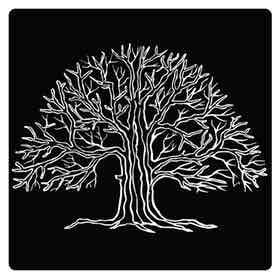When I hear students discussing college admissions for liberal arts degrees, and what they would learn, I often hear the term ‘critical thinking skills’. Well, no matter what you want to do in life, you need these. Let’s deconstruct the phrase: ‘skills’ means a level of expertise achieved through study and practice…check! ‘Thinking’ is the act of conceptualizing abstract thought, alternative realities, and evaluating cause and effect. That takes us to ‘critical’…and here we find the real value of critical thinking skills: The ability to entertain views and opinions other than one’s own, to consider and evaluate deeply and thoroughly even when the apparent facts contradict one’s experience or intuition. And, happily for the STEM-focused college applicant, critical thinking skills are vitally important to a STEM education and career. In fact, the analytical tools used to support decision-making are the subject of a graduate level major called Operations Research, which is also the field of study for undergraduate majors in Applied Math.Decision making is a central aspect of STEM college education and careers. One of the tools used in decision making is the decision tree. It may look simple, but then again so is a surgeon’s scalpel – the real utility of a decision tree is as a visual aid to critical thinking skills. At first glance a trivial tool, the decision tree is really a framework for applying many mathematical and statistical tools – such as probability distribution functions and expected net present value. These in turn are mathematical representations of alternate realities – your thoughts, on paper.
 So how do all these trees relate to liberal arts? Whether analyzing Macbeth and the trees that move, or the pear tree in Augustine’s Confessions, the student has to compare the writer’s views with their own, correlating their assessed view of people and society with the writer’s idealized or modeled view. In the same way, the STEM major can forsee alternative realities – quantum physics, molecular biology, or a Ruby method — and critically think about about them in a structured way, using math. So, my advice to students is that the critical thinking skills, whether developed through a liberal arts or a STEM education, are not an ‘either-or’ proposition, but are complementary.Send your questions about decision making to STEMwinder@admissionsmarts.com
So how do all these trees relate to liberal arts? Whether analyzing Macbeth and the trees that move, or the pear tree in Augustine’s Confessions, the student has to compare the writer’s views with their own, correlating their assessed view of people and society with the writer’s idealized or modeled view. In the same way, the STEM major can forsee alternative realities – quantum physics, molecular biology, or a Ruby method — and critically think about about them in a structured way, using math. So, my advice to students is that the critical thinking skills, whether developed through a liberal arts or a STEM education, are not an ‘either-or’ proposition, but are complementary.Send your questions about decision making to STEMwinder@admissionsmarts.com